
Schoenus quartziticus is a species of sedge endemic to the Agulhas Plain region of the Western Cape Province in southern South Africa.

Schoenus arenicola is a species of sedge endemic to the south-west coast of South Africa.
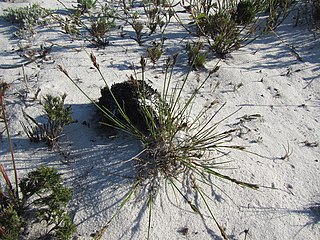
Schoenus auritus is a species of sedge endemic to southern and eastern South Africa.

Schoenus ligulatus is a species of sedge endemic to the western regions of the Western Cape Province of South Africa.

Schoenus exilis is a species of sedge endemic to the western areas of the Western Cape Province of South Africa.
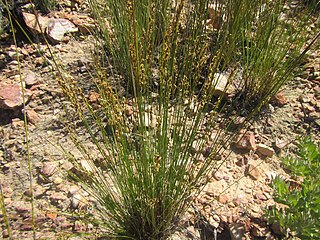
Schoenus submarginalis is a species of sedge endemic to the mountains of the Western and Eastern Cape provinces of South Africa.

Schoenus crassiculmis is a species of sedge endemic to the mountains of the Western Cape Province of South Africa. Few collections of this species have also been made from western areas of the Eastern Cape Province.
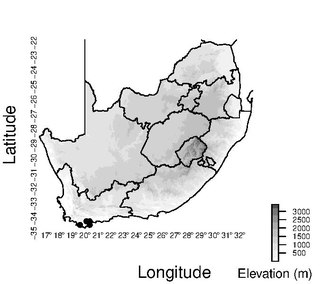
Schoenus calceolus is a species of sedge endemic to limestone-derived soils in the Agulhas Plain region of South Africa.
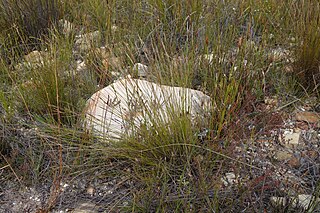
Schoenus bracteosus is a species of sedge endemic to the mountains of southern South Africa.
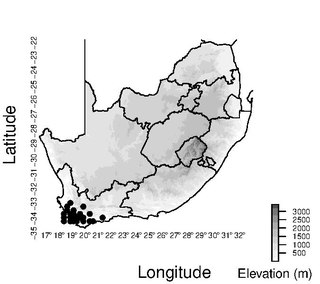
Schoenus crassus is a species of sedge endemic to south-western South Africa.
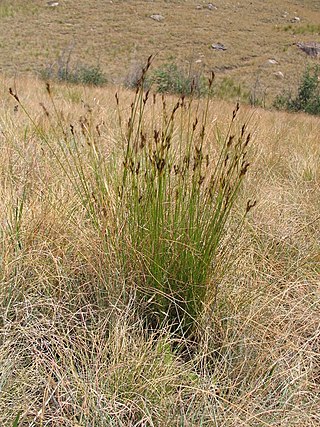
Schoenus galpinii is a species of sedge endemic to eastern southern Africa.
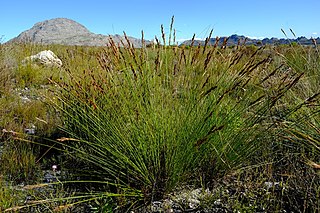
Schoenus cuspidatus is a species of sedge endemic to the Cape region of South Africa where it is found in the provinces of Western Cape and Eastern Cape.

Schoenus loreus is a species of sedge endemic to locations near the southern coast of South Africa.
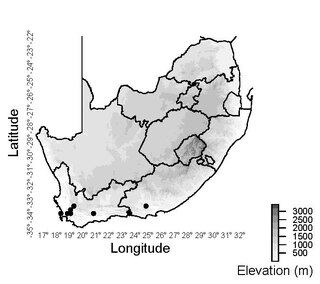
Schoenus adnatus is a species of sedge endemic to mountainous locations in southern regions of South Africa.

Schoenus complanatus is a species of sedge endemic to the western mountains of the Western Cape Province of South Africa.
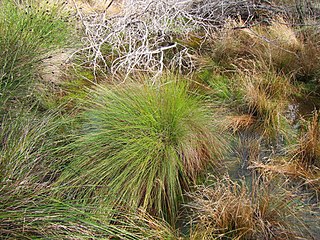
Schoenus gracillimus is a species of sedge endemic to the Western Cape Province of South Africa.
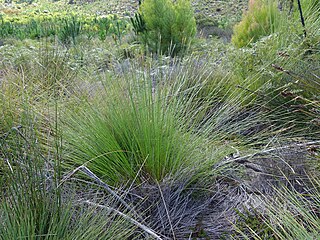
Schoenus neovillosus is a species of sedge endemic to the south-western mountains of the Western Cape Province of South Africa.

Schoenus australis is a species of sedge endemic to locations near the southern coast of South Africa.
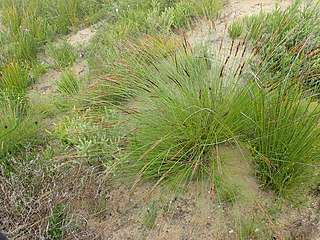
Schoenus graciliculmis is a species of sedge endemic to regions of the southern Eastern Cape Province and nearby regions of the Western Cape Province of South Africa.

Schoenus inconspicuus is a species of sedge endemic to south-western areas of the Western Cape Province of South Africa.























